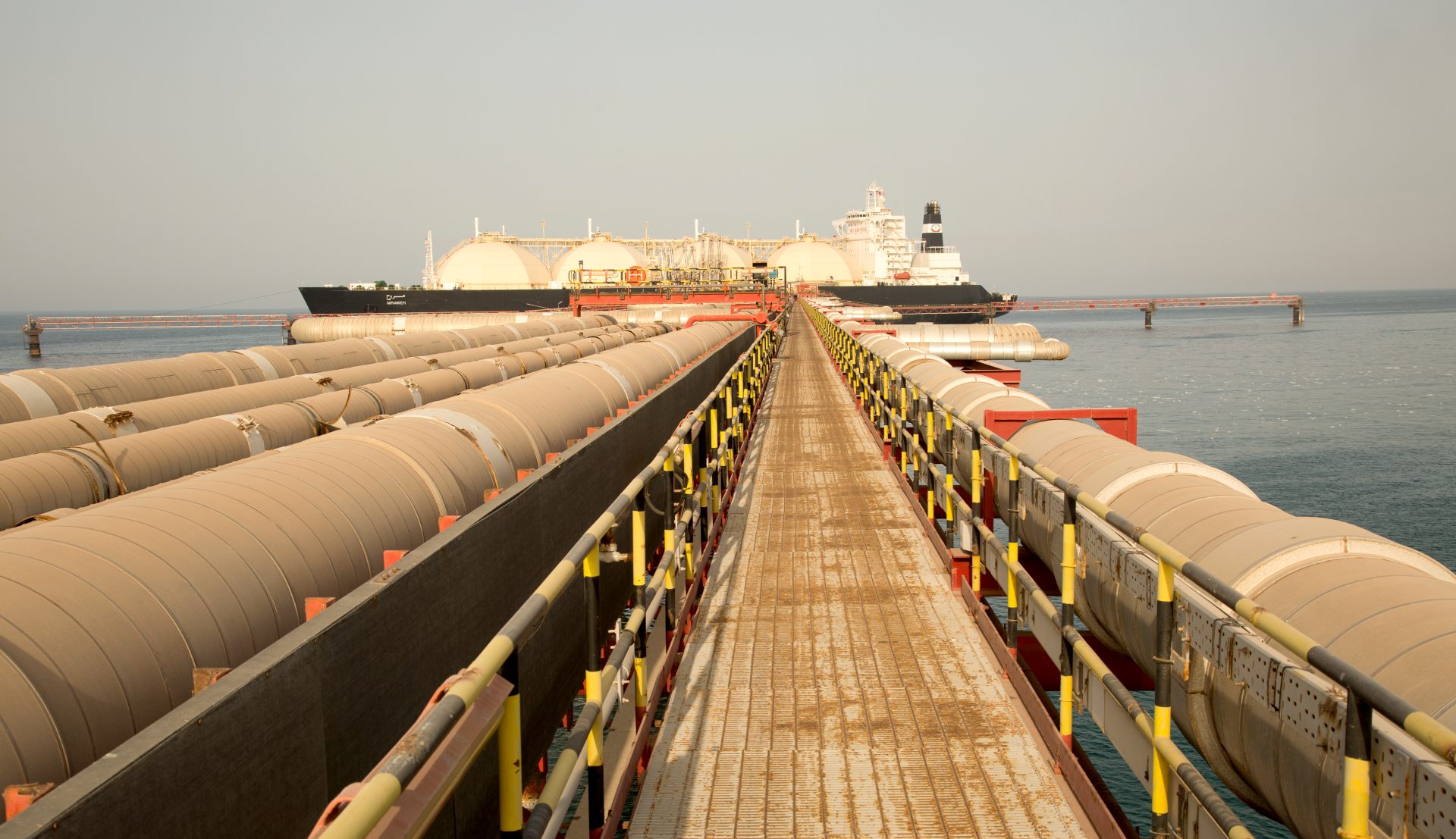This story requires a subscription
This includes a single user license.
“While not proceeding with the LNG2.0 project, we will continue to invest in Das Island, particularly as it remains a key asset in our LNG portfolio,” the spokesperson said.
The liquefaction and export terminal on Das Island in the Persian Gulf has a capacity of 6 million tons per annum (mtpa).
Adnoc owns a 70 percent stake in the operator of the facility, Adnoc LNG, while Mitsui holds 15 percent, BP owns 10 percent, and TotalEnergies holds 5 percent.
Adnoc Gas said in its third-quarter report last year that it plans to add about 0.9 mtpa of production capacity at its Das Island plant by debottlenecking the terminal’s three liquefaction trains.
The firm slightly increased the planned capacity boost as it said in the first-quarter report in 2023 that it expects to add 0.8 mtpa of capacity.
According to Adnoc Gas, the LNG 2.0 project included electrification of LNG trains to reduce greenhouse gas (GHG) emissions, debottlenecking LNG trains, and ethane extraction and export.
Besides 0.9 mtpa of LNG, the project would have added 1.2 mtpa of ethane and 1.1 mtpa of C3+.
Adnoc Gas planned to complete the project in 2028.
Ruwais LNG
The film also aims to launch LNG production at its Al Ruwais LNG plant in 2028.
“We have a funnel of exciting opportunities in which we can invest, while at the same time exercising capital discipline,” the spokesperson said.
“Adnoc recently announced FID for the Ruwais LNG facility, which will complement our portfolio, and we expect that plant to commence production in late 2028,” the spokesperson said.
State-owned Adnoc announced in June the final investment decision on the Ruwais project and the EPC award to a joint venture led by France’s Technip Energies.
Prior to that, Adnoc issued in March this year a limited notice to proceed for early engineering, procurement, and construction activities to the joint venture.
Besides this EPC deal, Adnoc Gas also awarded US energy services firm Baker Hughes a contract for the LNG export terminal.
Baker Hughes will provide two electric liquefaction systems (e-LNG) for the Ruwais LNG project.
BP, Mitsui & Co., Shell, and TotalEnergies also agreed to buy a 10 percent equity stake in Adnoc’s LNG export terminal.
Adnoc will retain a 60 percent majority stake.
The LNG project will more than double Adnoc’s existing UAE LNG production capacity to around 15 mtpa, as the company builds its international LNG portfolio.
In addition to the stake deals, Adnoc has signed severa long-term LNG sales commitments with international partners.
These deals include the delivery of 1 million tonnes per annum (mtpa) with Shell and 0.6 mtpa with Mitsui, taking the committed Ruwais LNG production capacity to 70 percent.
International LNG expansion
Besides expanding its LNG production capacity, Adnoc is also working to boost its international LNG presence.
In May, Adnoc agreed to buy Galp’s 10 percent interest in the Area 4 concession of the Rovuma basin in Mozambique, which includes Eni’s Coral South FLNG project.
Prior to that, Adnoc said it will buy an 11.7 percent stake in the first phase of NextDecade’s Rio Grande LNG export terminal in Texas from Global Infrastructure Partners.
Adnoc and NextDecade also entered into a 20-year LNG offtake agreement for the fourth Rio Grande LNG train.
The acquisition marks Adnoc’s first strategic investment in the US.
LNG fleet
Adnoc is also expanding its fleet of LNG carriers and it selected in May two South Korean shipbuilders to build six LNG carriers following a tender.
These LNG carriers are expected to serve Adnoc’s second LNG terminal in Al Ruwais.
Adnoc’s unit Adnoc L&S is already working to renew its fleet of LNG carriers.It has six 175,000-cbm vessels on order at China’s Jiangnan Shipyard worth more than $1.2 billion.
The firm is expected to take delivery of the first vessel in this batch in December this year and the rest of the ships in 2025 and 2026.
Adnoc L&S’s existing fleet of Moss-type, steam turbine LNG carriers serves its terminal on Das Island.

